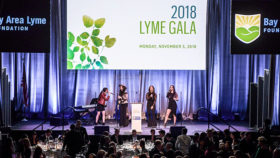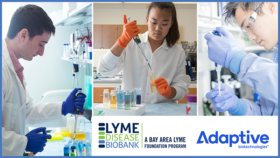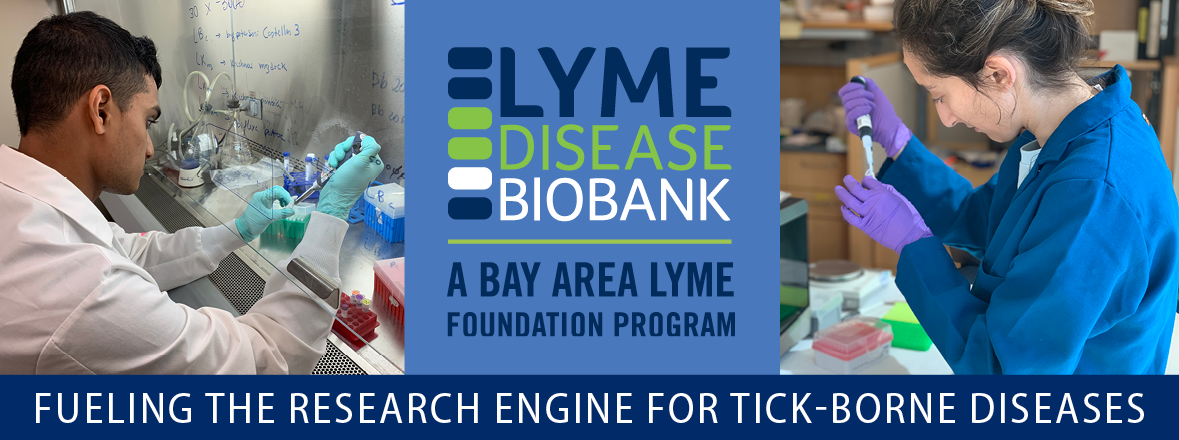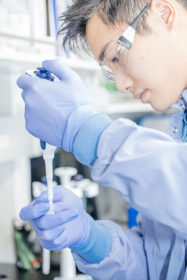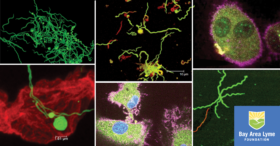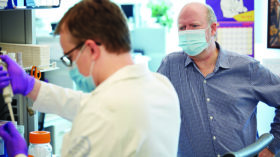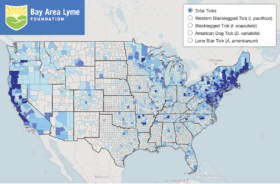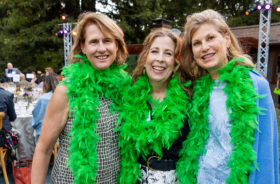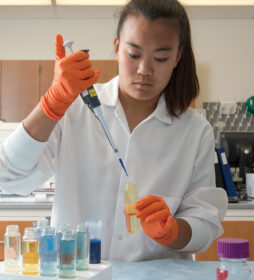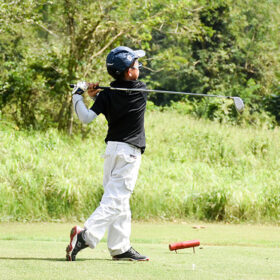Bay Area Lyme New Chapters Series
The natural law of things is that when there is a vacuum energy moves into that space to fill it up. The vacuum is then no longer a space or hole, it’s a place or an entity where energies from different locations come together and create new things.
So it is with the Lyme disease community: there are multiple nonprofit organizations across the country that have been founded to tackle complex issues in Lyme and tick-borne diseases, and as a result many people with Lyme—and their families—have stepped up to fill a vacuum and taken matters into their own hands.
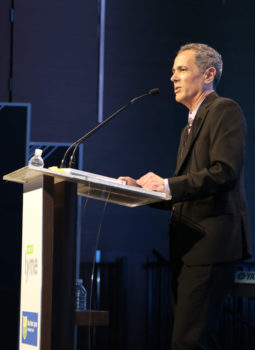
In the Lyme disease ecosphere—just as in life—we are stronger, more effective, and more impactful when we join together and pull in the same direction, rather than fragmenting our efforts and competing for resources and attention. This was the simple conclusion that Bay Area Lyme Foundation and Project Lyme came to back in 2018, and the two foundations’ partnership has subsequently gone from strength to strength.
“Bay Area Lyme was looking for an East Coast partner to extend our organizational profile and boost our fundraising footprint in a collaborative spirit,” comments Linda Giampa, executive director of Bay Area Lyme Foundation. “We had a solid network back east and had conducted a number of speaker events in New York City. We thought that joining forces with the right East Coast group could provide us with important connections, amplify our fundraising, and raise our profile nationally.”
